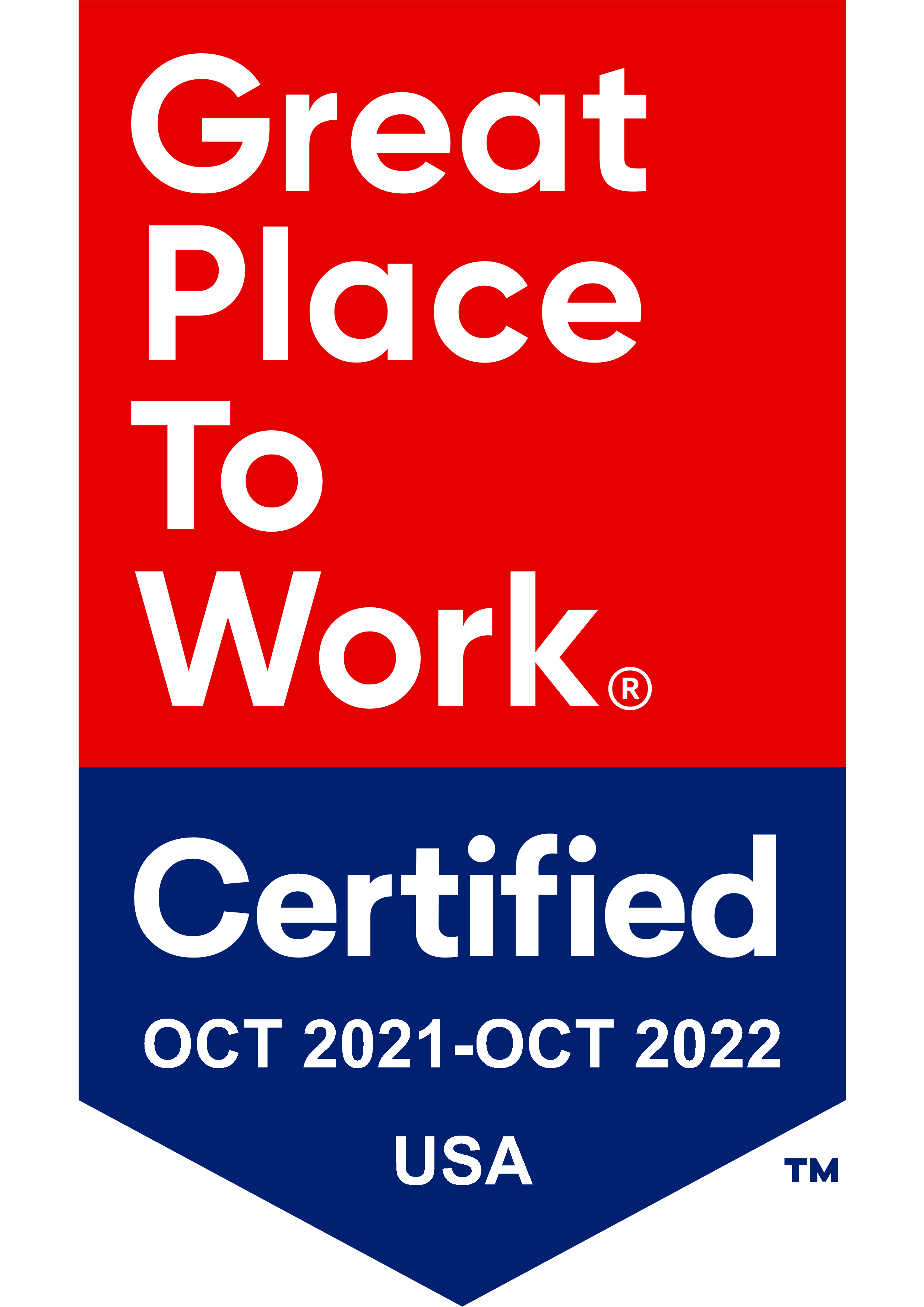
As an IT professional, you’re constantly tasked with a variety of projects. Anything from fixing regular computer glitches (“did you turn the computer off and then back on?”) to running cybersecurity trainings to finding new ways to streamline current processes with better applications.
Perhaps you’re an IT pro working in a law firm that’s transitioning to paperless with a document management system. One of the major obstacles that comes with the transition to a paperless firm is how to handle the existing backlog of documents. You might work in a firm that has boxes and boxes of files that are going to be scanned into the system and then need to be transformed into text-searchable documents so you can find what you need, when you need it. An all encompassing, and efficient, solution to this particularly daunting task is Symphony OCR software.
Symphony OCR Helps You Find Files Fast
OCR software has existed for awhile and you probably already have it in your printer/scanner and as a part of your desktop software - such as Adobe. However, with the addition of Symphony it’s a whole new ballgame.
Symphony OCR has an algorithm that allows it to scan through all of your documents, newest to oldest, and determine if they’ve been OCR’d or not. Then it automatically OCRs those documents so they are searchable, thus making it one of the best solutions for handling old document overload.
This is especially important if you’re dealing with putting old files in a new system. Some of those case files might be 1,000 pages long and using a printer/scanner would not only take a long time, but it would tie up the printer/scanner and keep it from being used for anything else.
Or, you might have old files that have been scanned in already, but you can’t be certain that they are OCR’d. Symphony OCR drastically reduces the time needed to scan these old files, and will identify what still needs to be OCR’d - automatically
Symphony Scalability
Not only does Symphony OCR help to create a smooth transition to a paperless office, but it is also seamlessly scalable. What does that mean? Well, awesome alliteration aside, using Symphony OCR in order to get through a backlog of old documents means that you’ll have the flexibility to increase your resources and then scale back when the project is complete.
For example, if your firm is going paperless and dealing with a backlog of documents or if you’re going through a merger and acquiring new documents, you may need to increase your application of Symphony OCR on several servers in order to get the job done quickly and efficiently. While Symphony OCR does not need its own server, nor does it interfere with applications that are already running, you may want to increase your subscriptions on multiple computers in order to get through those documents more quickly. Here is great case study that illustrates how one company achieved 100% search reliability with OCR.
The best part? If you increase your subscriptions for the backlog but then need to scale back once the project is complete, you can! You may only need one subscription to handle your everyday document needs and you can increase or decrease as needed. Competing products don’t offer this - most OCR software requires you to continue to pay for the maintenance of multiple cores even if you need to scale back once your office is fully paperless.
Don’t let your office’s transition to paperless and document search be a never-ending battle. Symphony OCR is an efficient and seamless solution for your firm’s document filing needs. Try it today!
Download our free Symphony OCR Analyzer and see what files you might be missing:




